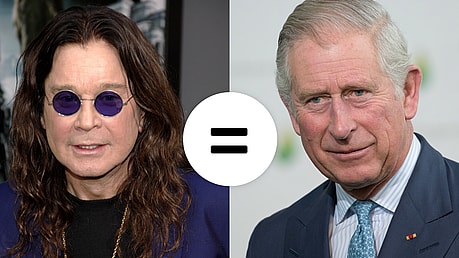Defining an audience in 2022

The traditional way of defining your audience, your target consumers, has been irrelevant for many years. But we need to remind ourselves on a regular basis.
An example:
- White male
- Born in 1948
- Raised in England with 3 more siblings
- Divorced and currently in a 2nd marriage with 2 more grown children
- Successful businessman, income of over 1M$
- Public figure in his community
- Spends his winter holidays in the Alps
- Likes dogs
If you had such a persona definition in front of you, you’d believe people that fall into these traits would pretty much react the same way to content you produce, right?
Well, no.
I can give you the name of two individuals that fit these criteria, and they are QUITE different!

Ozzy Osbourne, rock star
=
King Charles
Ouch.
What does that tell us? It tells us we need to go beyond traditional traits when defining our target audience, and use psychological attributes to define “who” they are, “how” they are, their motivations.
And these expanded audience definitions, the segments you want to reach, will not only inform the digital media team (the tech geeks who are in charge of targeting your audience), but also the creative team, whose work will be enriched by the attitudes, needs and motivations that drive the segment you want to create a connection with.
How is this done?
Many tools are at the disposal of marketers and agencies to build such segment definitions.
Some, like us, partner with a research firm to survey and dig into the intrinsic values of individuals in order to learn more about what type of content, what tone, what angle will push the right buttons with them.
But you can also turn to psychometric tests that exist in the wild. The one we hear most often is called The Big Five (also known as the OCEAN test), which gives you results for a given panel of respondents on five distinct scales. But there are many others.
A Campaign article covered these exact aspects, also diving into the challenges this brings to digital media platforms that offer targeting capabilities. Getting to know your users this way is no easy task!
The key takeaway here is to remember to go beyond demographic attributes and really dive into values and psychometric attributes when defining your target audience.
Ozzy Osbourne will thank you if you do so. Trust me.


